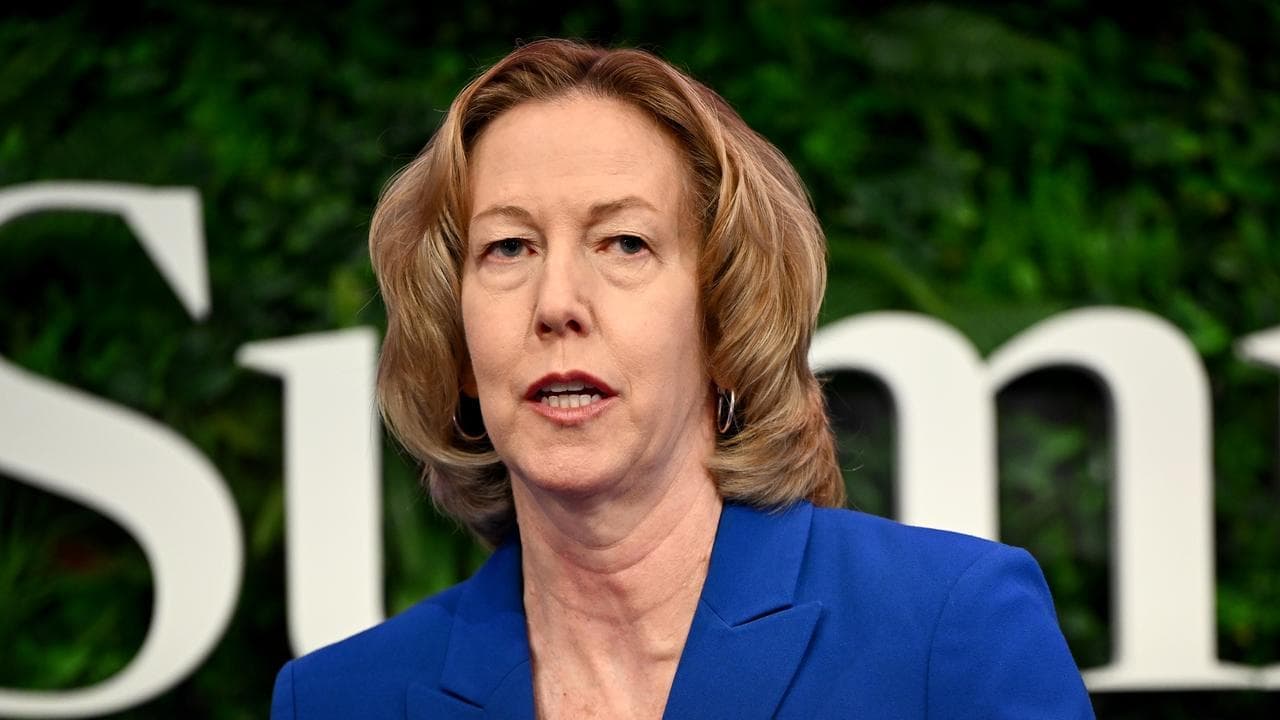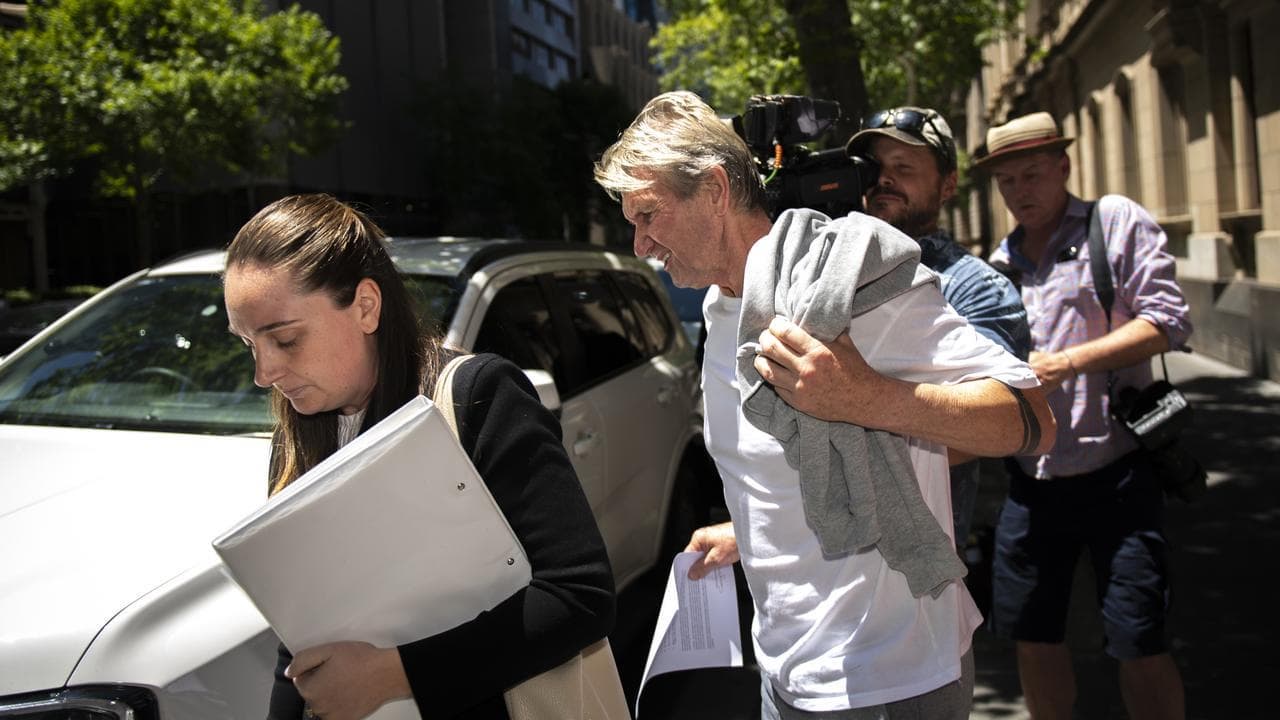WHAT WAS CLAIMED
The coalition has only completed one, small dam project since coming to power.
OUR VERDICT
Mixture. Only one dam of substantial size has been completed under the coalition, however several water storage schemes involving dams have also been built with federal funding.
Two coalition funding commitments for major dam projects have sparked criticism from Labor that the government has a poor record of delivering on such pledges.
On March 17, Deputy Prime Minister Barnaby Joyce announced $483 million in funding for the proposed Urannah Dam in Queensland. In response, Labor environment spokeswoman Terri Butler accused the government of failing to deliver on a long line of dam-building promises.
"Before they were elected, this government claimed they would build 100 dams. In their near-decade in government, they have opened only one small, new dam," Ms Butler said.
Six days later, Mr Joyce announced $5.4 billion in funding for the Hells Gate dam, prompting opposition emergency management spokesman Murray Watt to dismiss the funding as "from a (government) that promised 100 dams and built one".
The claims are partially accurate; only one dam project of significance has been completed under the coalition, however several water schemes involving dam components have also been built with federal funding.
In February 2013, News Corp outlets reported the coalition, then in opposition, had plans to build "up to 100 dams" across the country based on a draft policy discussion paper.
Greg Hunt, then the coalition's environment spokesman, said at the time the opposition had "no proposal for 100 dams as such", however Mr Joyce, then the Nationals Senate leader, described the discussion paper as a "key policy".
The only reference to a specific dam project in reporting of the discussion paper, which was not released publicly, was $500 million to raise the wall of Warragamba Dam. It was also reported the draft policy included projects in the Hunter Valley and along the Lachlan River, both in New South Wales.
The dam target was never formally adopted by the coalition, although its 2013 election policy document, released in January of that year, includes several references to building new dams (pages 32, 42 and 46).
When contacted by AAP FactCheck about the basis of her claim, Ms Butler's office cited the Scottsdale Irrigation Scheme as being the only dam project delivered by the coalition, adding: "We are basing this off the fact that they would have come out loudly if they had built others."
The scheme, in northern Tasmania, includes the 9,300 megalitre (ML) Camden Dam. It was completed in May 2020 with $25.3 million in federal funding going towards the $57.3 million total bill.
But the same government program that financed the Scottsdale Irrigation Scheme also jointly funded other completed projects involving dams, although all are on much smaller scales.
They include:
- A 600ML water storage dam to supply treated water in McLaren Vale, South Australia;
- A 85ML winter storage dam in the Mitiamo region of Victoria;
- An 80ML storage dam as part of the second phase of the Sunraysia Modernisation Project in Victoria;
- Two 200ML storage dams as part of the Northern Adelaide Irrigation Scheme.
For context of the projects' sizes, the largest-capacity dam in Tasmania, where the Scottsdale Irrigation Scheme was completed, is the Gordon River Dam, which can hold 12.36 gigalitres of water. This is more than 1300 times the capacity of the new Camden Dam.
Private dams built by farm operators along the Murray Darling Basin have also received federal funding, although there is less publicly available information on these developments.
A 2019 report by The Australia Institute think tank highlighted up to 30 private dam developments in the region linked to federal initiatives such as the On-Farm Irrigation Efficiency Program.
"There is very little information about Australia's new private dams," the report states. "There is no public information on how many there are, how much water they hold or how much they cost taxpayers."
The government released a list of the 1525 projects it has funded as part of the program, however this list does not specify which projects included dams.
When contacted by AAP FactCheck, neither the Department of Agriculture, Water and the Environment nor the Department of Infrastructure verified the number of dams constructed since the coalition came to power.
The Department of Agriculture referred the enquiry to the Department of Infrastructure, which in turn only provided background on the National Water Grid Fund projects without confirming a figure for the number of dams built.
A spokesman for Mr Joyce directed AAP FactCheck to the National Water Grid Fund and highlighted nine completed projects — only five of which include a water storage component. One of the five, the Coolanie Water Scheme, features a 0.25ML storage tank rather than a dam.
The spokesman noted planning and approval for major projects such as dams could take a number of years, adding that state and territory governments were ultimately responsible for the regulation, planning, management and allocation of water resources.
University of Melbourne professor Rory Nathan, who specialises in hydrology and water resources, told AAP FactCheck in an email that major dams were generally being ignored in Australia in favour of more cost-effective alternatives.
"Feasibility studies have often found that it costs too much to build a dam for the value of the water that can be delivered – in other words, it is cheaper to source water from other sources," he said.
Professor David Hamilton, of the Australian Rivers Institute at Griffith University, added that efforts to develop dams had also stalled due to the difficulty in securing environmental approval.
"New dams emit large quantities of methane (a greenhouse gas) and make up a substantial portion of global methane emissions," he told AAP FactCheck in an email.
"And of course dams affect downstream water resources – the ecological, social and cultural amenity of the river, including water-depending ecosystems."
The Verdict
The claim that the coalition has only built one, small dam project since coming to power is partially accurate. AAP FactCheck identified only one substantial new dam project completed with partial federal funding since the coalition was elected in 2013. However, several smaller water storage systems involving dams were also built with government support. In addition, several on-farm projects involving dams have also received federal backing.
Mixture – The claim includes accurate information but also significant errors or problems.
* Editor's note: AAP FactCheck has expanded its ability to fact-check environmental issues with the support of the Australian Conservation Foundation. AAP FactCheck retains full editorial independence in this project and continues to apply the rigorous standards required for accredited members of the International Fact-Checking Network.












